In the Summary of Opinions at BoJ’s monetary policy meeting on April 27/28, new governor Kazuo Ueda’s debut, revealed the need to continue with current monetary easing despite improved view on inflation outlook.
One member said “attention is warranted for the time being on the possibility of continued high inflation” while another said “achievement of the price stability target of 2 percent is coming into sight”. Meanwhile, “price projections have been raised somewhat”.
Yet, it’s generally agreed that the central bank “should continue with the current monetary easing,” given that inflation is likely to decline ahead, in the background of heightened uncertainties in overseas economies.
Also it’s reiterated that to achieve the inflation target in “sustainable manner”, it needs to be “accompanied by wage increases”. And it’s “necessary” to continue to “firmly support the momentum for wage hikes through monetary easing “.
There was also cautions that “the risk of missing a chance to achieve the 2 percent target due to a hasty revision to monetary easing is much more significant than the risk of the inflation rate continuing to exceed 2 percent.”
One member noted that there is no need to revise the conduct of yield curve control as “distortions on the yield curve are currently dissipating”.




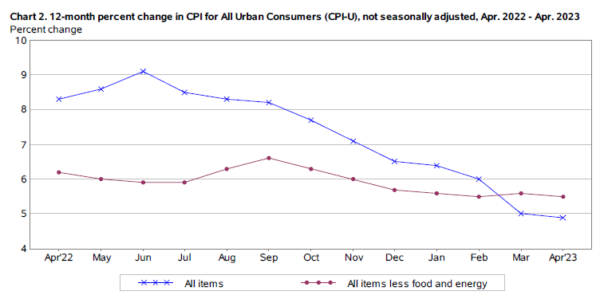
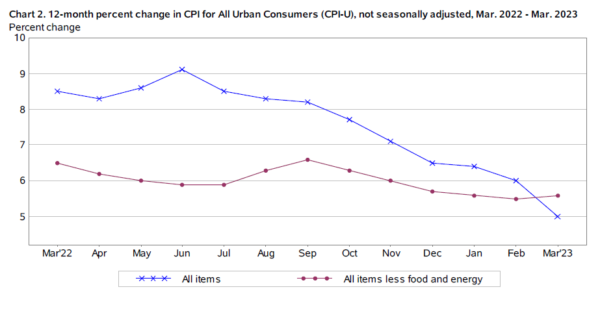
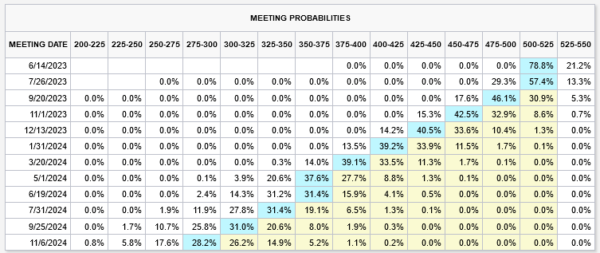
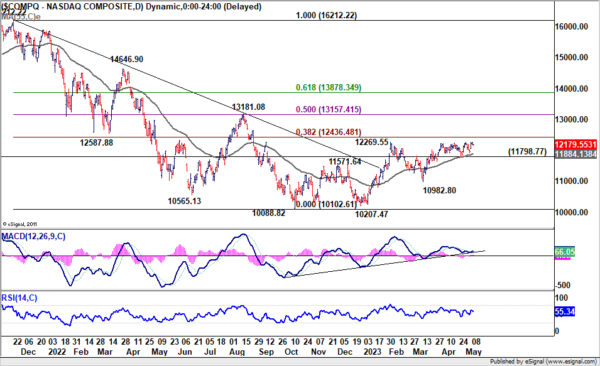
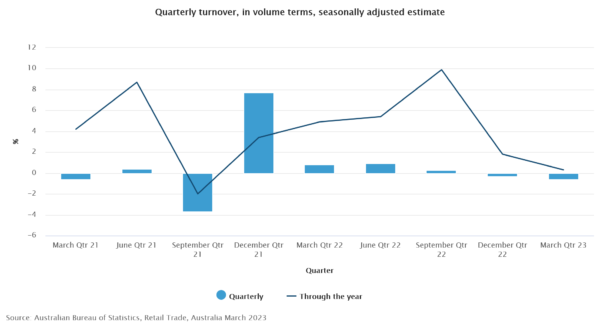
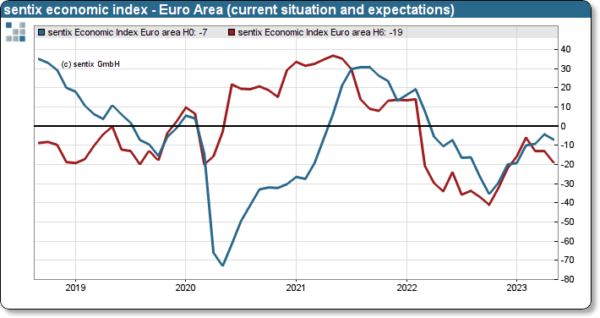
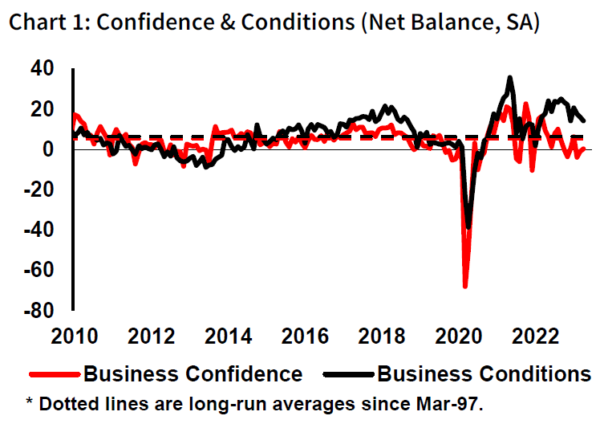
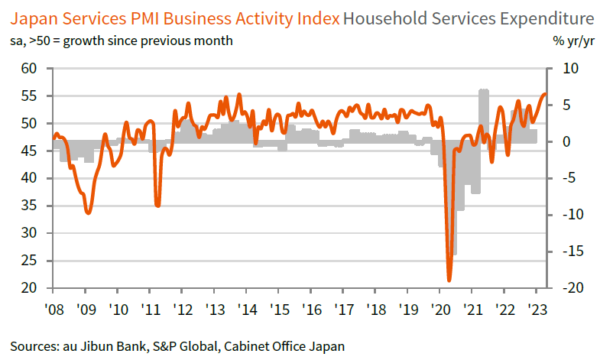
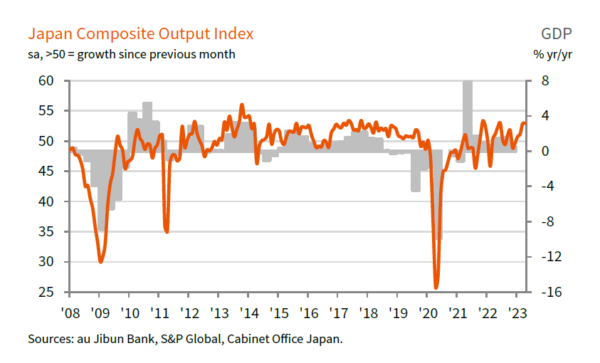

China’s CPI at 0.1% yoy in Apr, lowest since Feb 2021
China’s CPI for April decelerated from the previous month’s 0.7% yoy to a mere 0.1% yoy, well below market expectations of 0.3% yoy. This slowdown marks the lowest inflation rate since February 2021. Core CPI, which excludes food and energy prices, maintained its steady pace at 0.7% yoy.
A breakdown of CPI reveals that food prices, which had increased by 2.4% yoy in March, grew by a much slower 0.4% yoy in April. Non-food prices, on the other hand, edged up by just 0.1% yoy, down from 0.3% yoy.
Senior NBS statistician Dong Lijuan explained the latest CPI figures, saying, “In April, the market supply was generally adequate, and consumer demand gradually recovered, with the CPI falling by 0.1 per cent from a month earlier and rising by 0.1 per cent, year on year.”
In a similar vein, PPI for April fell from -2.5% yoy to -3.6% yoy, again missing market predictions of -3.2% yoy. This marked the steepest fall in PPI since May 2020 and its seventh consecutive month in the negative territory.
Lijuan attributed the PPI plunge to several factors, stating, “In April, PPI fell by 0.5 per cent from a month earlier and by 3.6 per cent, year on year, due to fluctuations in international commodity prices; the overall weakness of the domestic and international market demand; and the higher base of comparison from the same period last year.”